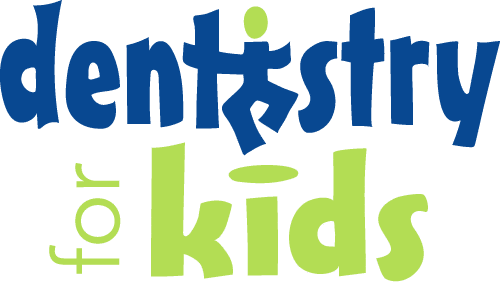The aim of Dentistry for Kids is to help each child accept dental care with confidence and without apprehension.
To accomplish this goal, the team of interested partners (parents, the dentist and staff) must cooperate and share a mutual trust.
Visiting the dentist should not be an intimidating experience. It should be comfortable, educational, and positive. Your child will become anxious, however, if you, the star member of our team, are fearful and concerned.
Dentistry for Kids suggests the best way to approach the first visit is with a positive and matter of fact nature. It is best to tell your child that the dentist is his friend and that he or she will shine a bright light in their mouth and use a tiny mirror to help him count teeth. Describe x-rays as tooth pictures and the machine as a dental camera. Tell your child that the visit will be short and that there will be games to play and friendly people to meet. Don’t use words like fear, shot or poke. One of the following books may be helpful when introducing the concept of the dentist to your child:
- Show Me Your Smile: Dora’s visit to the Dentist
- Berenstain Bears go to the Dentist
- What to Expect When You Go to the Dentist
- Freddie Visits the Dentist
- How Many Teeth?
- Just Going to the Dentist
The American Academy of Pediatrics and American Academy of Pediatric Dentistry recommends that your child’s 1st dental visit should occur no later than their first birthday. It can be problematic when a child’s first dental experience is an emergency visit.
If dental treatment is recommended at the initial exam, operative procedures will not be performed the same day as the new patient exam visits unless there is an emergent need. Most children will perform well if treatment is required on a second visit because they are familiar with the people and the surroundings.
There are situations where behavioral management options are required to allow the child to accept dental care. We will offer various alternatives in situations where the child is too young to comprehend, has special needs, where the child has had a difficult past dental experience or is just too fearful to cooperate. These adjuncts include nitrous oxide (laughing gas), and general anesthesia.
